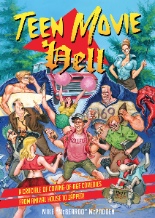
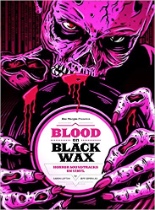 Although the back cover of Blood on Black Wax: Horror Soundtracks on Vinyl proclaims the book to be “long overdue,” I’d argue its timing couldn’t be better. As if the crush of hipsters on Record Store Day hasn’t clued you in, vinyl has made a startling, about-face comeback in this Spotify age, with limited pressings of fright-film soundtrack albums — from such niche labels as Death Waltz Recordings and Waxwork Records — among the most salivated-over collector’s items. Co-authors Aaron Lupton and Jeff Szpirglas take glorious advantage of this fan frenzy, striking while the iron is white-hot.
Although the back cover of Blood on Black Wax: Horror Soundtracks on Vinyl proclaims the book to be “long overdue,” I’d argue its timing couldn’t be better. As if the crush of hipsters on Record Store Day hasn’t clued you in, vinyl has made a startling, about-face comeback in this Spotify age, with limited pressings of fright-film soundtrack albums — from such niche labels as Death Waltz Recordings and Waxwork Records — among the most salivated-over collector’s items. Co-authors Aaron Lupton and Jeff Szpirglas take glorious advantage of this fan frenzy, striking while the iron is white-hot.
Following up the recent Ad Nauseam: Newsprint Nightmares from the 1980s, 1984 Publishing and Rue Morgue magazine collaborate again for a hardcover that is as much an objet d’art as the discs it celebrates, with color that pops off the page like so many zombies’ eyeballs. Although eschewing a countdown or list format, Lupton and Szpirglas spotlight one of roughly 200 slabs at a time, devoting no less than a full page to each.
Cover art is presented in a consistent span of left margin to right margin — look, Ma, no thumbnails! — with a brief article underneath reviewing the score and/or songs, giving background info and tracking the album’s release history. Some of the genre’s giants are interviewed about their compositions, most notably John Carpenter, but also Lalo Schifrin, Pino Donaggio, Henry Manfredini, Richard Band, Christopher Young and others.
You’ll find the expected classics, including John Williams’ Jaws and Bernard Hermann’s Psycho, but also cult favorites (Manfred Hübler and Siegfried Schwab’s Vampyros Lesbos), fresh cuts (Mica Levy’s Under the Skin), obscurities (Zdenek Liska’s The Cremator) and ungodly earworms (Robert Smith Jr. and Russ Huddleston’s Manos: The Hands of Fate). Contents are organized only by fairly broad categories, with the Goblin-strewn giallo earning special consideration.
The authors even go out of their way to invite a few choice compilations to the party, from Dick Jacobs and His Orchestra’s Themes from Horror Movies to the self-explanatory Bollywood Bloodbath: The B-Music of the Indian Horror Film Industry. Sporting a closing chapter on the current synthwave movement of faux soundtracks, the breadth of Blood on Black Wax’s curation is crazy impressive; the only platter I feel is sorely missing is Disasterpeace’s magnificent and moody It Follows soundscapes.
The turntable faithful and horror enthusiasts alike will treasure this book. Unlike many of the records featured, it won’t break the bank. —Rod Lott

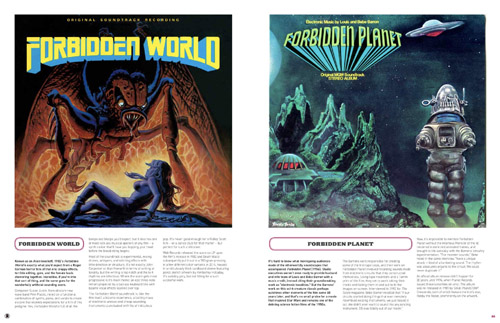
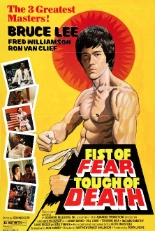
 Part sports documentary, part biopic and part clip job,
Part sports documentary, part biopic and part clip job, 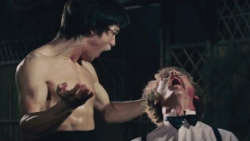

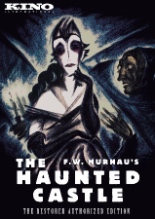
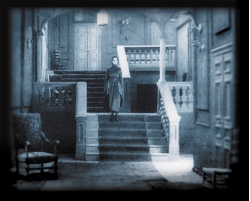
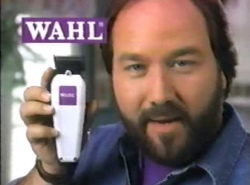
 From the Wahl Clipper Corporation, How to Choose, Grow & Style the Perfect Beard or Mustache is about welding and soldering. Ha! I kid. It’s about big, bushy collections of face pubes.
From the Wahl Clipper Corporation, How to Choose, Grow & Style the Perfect Beard or Mustache is about welding and soldering. Ha! I kid. It’s about big, bushy collections of face pubes. 